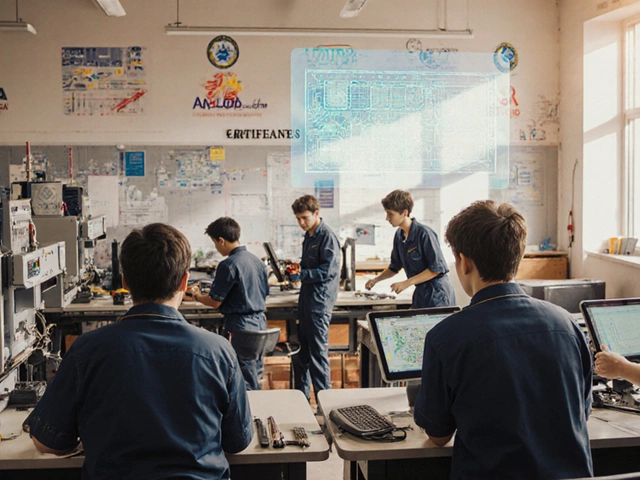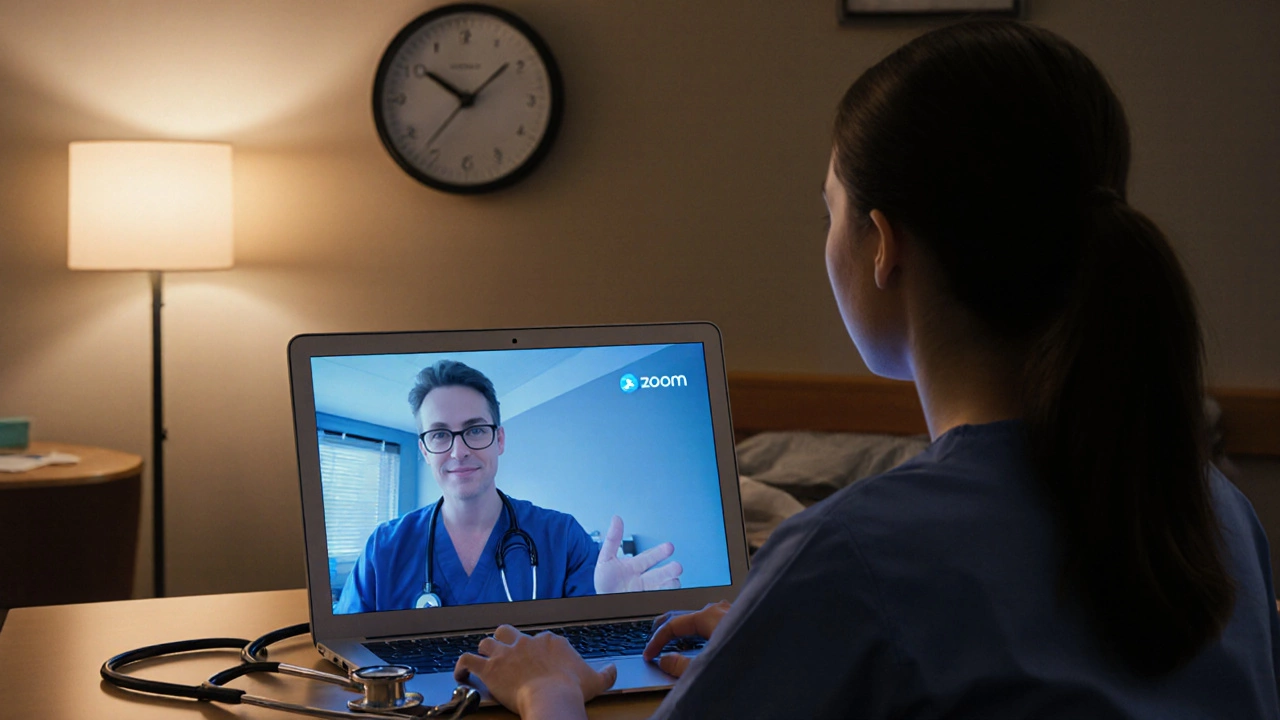Synchronous eLearning: What It Is and How It Works in Indian Education
When you join a live online class where your teacher speaks, you raise your hand, and everyone answers together in real time—that’s synchronous eLearning, a form of online education where students and instructors interact simultaneously over the internet. Also known as live online classes, it’s not just watching videos—it’s being part of a classroom that happens online, at the same time, for everyone. This isn’t theory. It’s what millions of Indian students use every day, especially after the pandemic changed how we think about school and college.
Synchronous eLearning requires three things: a stable internet connection, a platform like Zoom or Google Meet, and a schedule everyone follows. Unlike recorded lectures, this style forces you to show up, pay attention, and respond. It’s how coaching centers in Kota stream live JEE classes to students in small towns. It’s how CBSE schools now hold morning assemblies online. And it’s how working adults in Delhi take evening courses in digital marketing or coding without leaving their homes. This method works best when there’s interaction—questions, group discussions, instant feedback. That’s why it’s still preferred over self-paced learning for competitive exams, teacher training, and skill-based courses like those in nuclear medicine or air traffic control, where timing and precision matter.
But it’s not perfect. If your internet drops during a NEET biology lecture, you miss key points. If your teacher doesn’t know how to manage a virtual room, the class becomes chaotic. That’s why the best online courses now combine synchronous sessions with short, clear recordings you can replay. You get the structure of live teaching and the safety net of review. And it’s not just for students. Teachers in training use it to practice lesson delivery. Government job aspirants join live mock interviews. Even people learning to code at 50 use it to stay accountable. The real value isn’t in the tech—it’s in the human connection that keeps you going when motivation fades.
Below, you’ll find real stories and practical guides from Indian learners who’ve used synchronous eLearning to change their futures—from mastering English speaking skills at home to landing high-paying jobs with two-year degrees. These aren’t theory pieces. They’re lessons from people who showed up, clicked in, and stayed engaged.
- By Nolan Blackburn
- /
- 27 Oct 2025
What Are the Three Main Types of eLearning?
Learn the three main types of eLearning-synchronous, asynchronous, and blended-and find out which one suits your learning style, schedule, and goals best.





